In industrial design firms, designers typically use two major categories of product design software: graphic design software and 3D design software. Within the 3D design category, people divide modeling software into two types: one for aesthetic design and the other for structural design. Designers in different specializations use software that features characteristics unique to their respective fields.
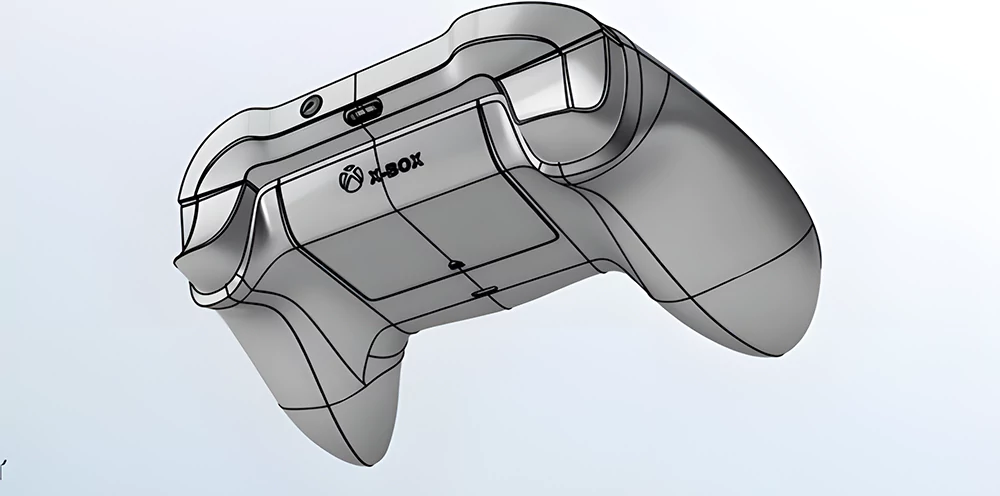
Aesthetic designers commonly use surface-type modeling software, collectively known as CAID (Computer-Aided Industrial Design). CAID software uniquely serves industrial designers, blending visual effects with industrial CAD. These designers work at the crossroads of art and industry. Hence, CAID software possesses an artistic flair, offering freedom and directness, unlike the rigorous precision of CAD software.
Rhinoceros (Rhino)
Launched in 1998 by the American company Robert McNeel, Rhinoceros, or Rhino, is a high-end surface modeling tool based on NURBS (Non-Uniform Rational B-Splines). NURBS models curved surfaces by defining 3D models with curves and surfaces. This method focuses specifically on creating smooth, curved shapes. Rhino was the first product design software to fully integrate the powerful AGLib NURBS modeling technology into Windows. It’s versatile in constructing tools, automotive parts, consumer products, hulls, mechanical casings, gears, and more. With the introduction of subd tools in Rhino 7.0, its capabilities have expanded to include organic forms like characters and biological models. Rhino offers an easy-to-learn, flexible, and highly precise modeling environment.
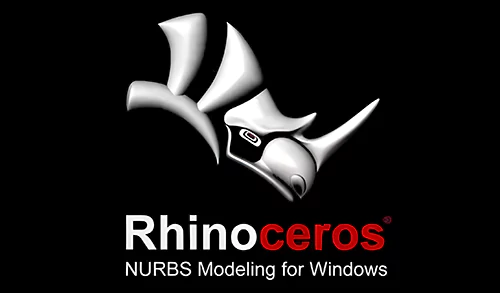
Rhino is a widely popular CAID software. It’s known for its extensive tutorials and appeal to those interested in self-learning industrial design modeling. In the realm of industrial design, Rhino is a go-to modeling software for aesthetic designers.
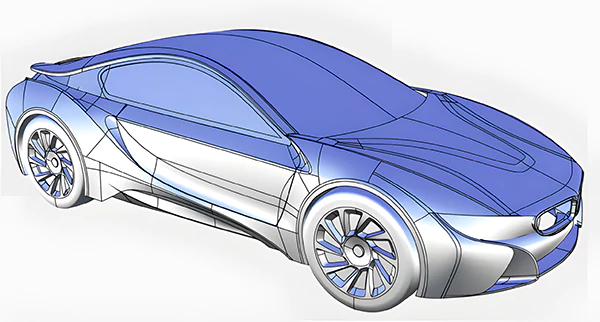
For beginners in product design, Rhino offers an accessible and comprehensive platform to develop and refine modeling skills. Its user-friendly interface, combined with a vast array of features, makes it an ideal choice for those starting their journey in product design.
Autodesk Alias
Autodesk Alias, formerly known as Alias StudioTools, is a computer-aided product design software developed by Autodesk. It supports everything from basic sketching to advanced surface construction, offering high precision and detailing in surface and curve sculpting. Alias Auto Studio has become an industrial standard in automotive design (including motorcycles, yachts, and private planes), with its high-quality modeling surfaces known as Class-A surfaces, often the final output in automotive design stages.
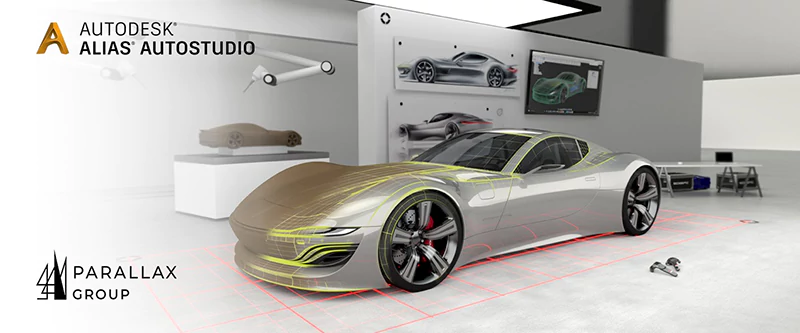
Alias skillfully connects design with engineering, art with science, making the entire design process seamless. It integrates design, creativity, and production, becoming a global dream tool for industrial designers. Alias designs a wide range of products, including airplanes, satellites, cars, and everyday items like lipstick. Many countries extensively use it for advanced military design.
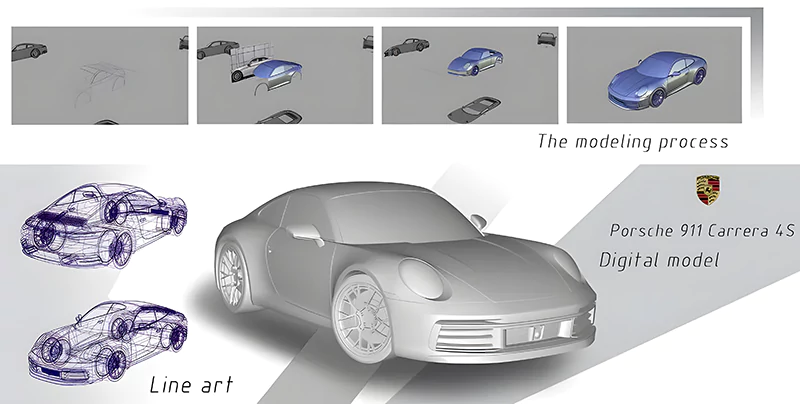
Creo
Creo, launched by PTC in October 2010, is a CAD software package that integrates PTC’s Pro/Engineer parametric technology, CoCreate’s direct modeling, and ProductView’s 3D visualization. This method is particularly a good choice for product structural design. Industries like automotive, aerospace, consumer electronics, molds, toys, industrial design, and mechanical manufacturing widely use it. Creo is ideal for beginners, as it fosters good habits in parametric modeling. Structural engineers extensively use it.
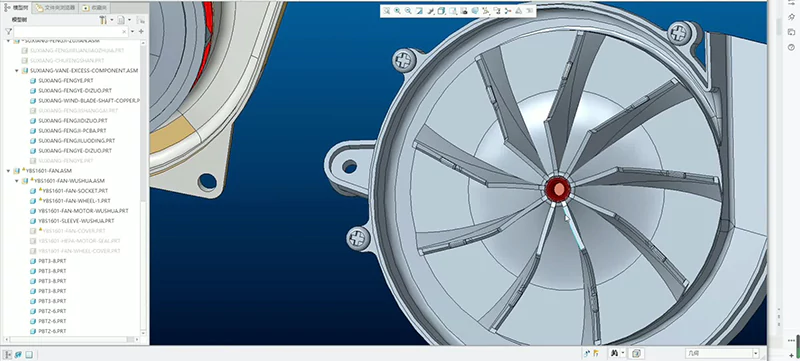
CATIA is renowned for its superior surface and 3D modeling capabilities, excelling in high-quality surface modeling and capable of achieving G3 and G4 continuity, while Creo typically reaches G2. CATIA provides comprehensive design capabilities, covering everything from conceptual design to final product formation. It includes complete 2D, 3D, parametric, and data management solutions. CATIA, as an integrated software system, combines mechanical design, engineering analysis, simulation, CNC machining, and CATweb online solutions. It provides a rigorous, paperless work environment. Its competitors include UG NX, Creo (Pro/E), Topsolid, and Cimatron, with CATIA holding a significant market share in design and engineering software, especially in specialized industries like automotive, aerospace, and shipbuilding.
UG-NX
UG-NX, produced by Siemens PLM Software, is a product engineering solution that offers digital modeling and validation tools for product design and manufacturing processes. Unigraphics NX caters to virtual product and process design needs, meeting various industrial requirements with proven solutions.
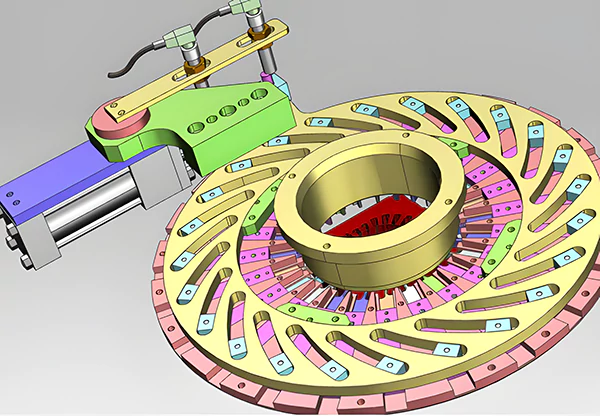
This interactive CAD/CAM (Computer-Aided Design and Computer-Aided Manufacturing) system is powerful, facilitating the construction of complex entities and models with ease. Initially based on workstations, UG-NX has seen rapid growth on PCs due to hardware advancements and the increasing number of personal users. It has become a mainstream application in the mold industry for 3D design. Siemens PLM’s UG NX enables enterprises to transition to product lifecycle management through a new generation of digital product development systems. UG NX includes the most widely used integrated application suite for product design, engineering, and manufacturing development processes.
SolidWorks
SolidWorks, the world’s first 3D CAD system developed for Windows, quickly became the most profitable company in the CAD/CAM industry within two years. This success was due to its technological innovation and alignment with CAD technology trends. SolidWorks achieves dozens or even hundreds of technical innovations each year due to strong user support. This success has earned the company numerous accolades.
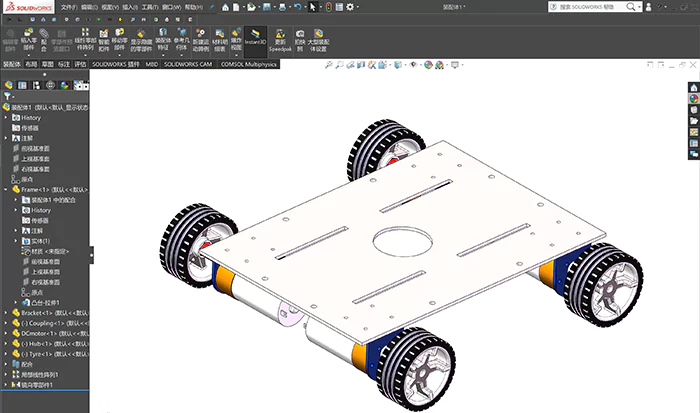
SolidWorks is famous for its powerful functionality, extensive components, and ease of use. These features make it a leading and mainstream 3D CAD solution. It offers various design options, reduces errors in the design process, and enhances product quality. While SolidWorks provides such powerful capabilities, it is also user-friendly and easy to learn. This makes it accessible to engineers and designers. However, its usage rate in product design companies is relatively lower compared to Creo.










